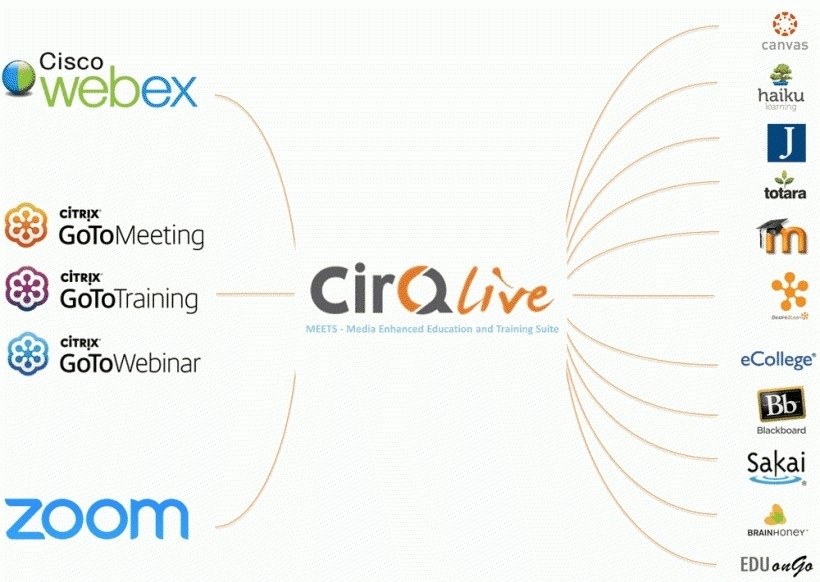Trickling Vs. Dumping Education
Dumping information overwhelms staff, as there is so much information in education. Learning is an extra thing to do besides all mounds of normal work there is to accomplish in a day. One way to increase the retention of this important education is to trickle information with shorter bursts of content over a longer period of time.
6 Reasons Why Providing Information In Parts Is Better For Your Employees
1. Short Bursts Of Information
Employees are busy. Training is an extra thing they have to do for their job and they don’t have a lot of time to spend doing it. So, shorter bursts of information can give them the required knowledge in a short amount of time. Doing training for fifteen minutes a day is more tolerable than a 2-hour course. Training can be done quickly and employees can then return to normal work duties. Staff can retain information better since it is a smaller amount instead of a full course's worth. It is easier to remember one idea than fifty ideas.
2. Retainment
Employees can retain more information over a longer period of time. By giving short bursts of information, employees can see the same information many times to reinforce what they have to learn. Questions can be asked in different ways to reinforce acceptable behaviors. The more the information is given, the more staff will recognize the idea of the information and will be able to use it in their normal work duties.
3. Motivation
Staff is motivated to complete the education as it only takes a few minutes. The staff can feel good that they are learning without taking a lot of time from their normal job duties. When tied to data collection, motivation can increase as the staff sees the productivity measures increase.
4. Data Collection
Collecting data on how long it takes employees to complete an educational course can be used to show productivity. Data on how the staff is using information can show retainment of the information. Collecting data can also show staff how their job duties have improved since learning the new material. If staff can see that their productivity has increased, this will increase their motivation for completing the training.
5. Reinforcement
When things are not going well within an organization, new information can be easily sent to staff with new procedures or processes. Since the staff already knows that information is coming on a consistent basis, this is a great way to reinforce desired behaviors. If there are issues that the staff is not correcting, new information can be sent to help correct that information.
6. Continuous Learning
New information can be added very easily, as the staff knows that they will have new information trickled down to them on a consistent basis. Whether it’s daily, weekly, or monthly, the staff will know that new information is coming and will be willing to learn the material. When information comes consistently, staff will be continuously learning new things and be reminded of the desired outcomes and behaviors. Staff will get used to the idea of learning something new every day, which can then give them the opportunity to become lifelong learners.
Continuing education is a requirement in the workplace. The staff knows that education is required in order for them to be successful in their job duties. Depending on the industry, it may be hard for employees to take time from their normal work duties to attend a class. Trickling information to staff is a better way to give them information in a consistent and timely fashion. Trickling information is a great way for staff to retain information and use it to become more successful in their normal job duties.









